Business Field
InterCon Systems Co., Ltd. will open the future of railway technology.
TDCS(Train Diagnosis and Control System)
The diagnostic and control system (TDCS) for high-speed trains is a system that diagnoses and controls the status of major functional components of high-speed trains, consisting of a Central Control Unit (CCU), Vehicle Control Unit (VCU) and Display Unit(DU) for driver.
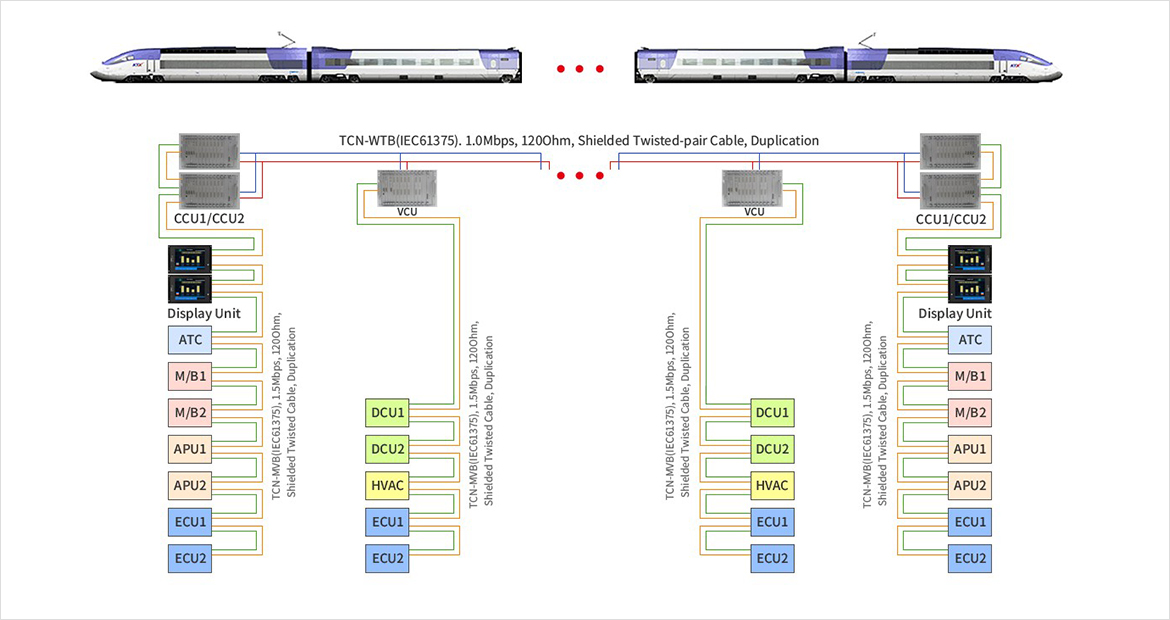
Characteristics of TDCS
High-speed distributed processing system
- Stable system implementation using high-speed CPU and distributed processing system structure
- Integration of Distributed Data Processing collects the necessary information for each vehicle and processes it in real time
- Implementation of a simple and reliable system through organized communication with various electronic devices and data integration with input/output boards
TCN(Train Communication Network)
- Information delivery through the establishment of a communication system that satisfies TCN
(Train Communication Network, IEC-61375), an international standard communication method - Highly reliable communication that allows quick and accurate action against faults with fast response characteristics
- Open communication that allows information transfer and operation of devices between different manufacturers
- Independent communication that can minimize the impact of failure on other systems
Real-Time OS
- Use of highly reliable and proven OS
- Use of highly reliable and proven OS
- In the event of a failure, the cause of the failure can be quickly and easily traced.
- User-friendly vehicle logic can be created using UML programs.
Functions of TDCS
Monitoring function
- Provides information on normal operation and failure of major electrical components
- Provides status information of major electrical equipment through pre-departure testing
- Provides information on failure history of major electrical components upon arrival at vehicle depot
- Monitoring the status of devices such as propulsion, brakes, power supply, doors, air conditioners, lighting, etc.
Control function
- Transmitting and receiving information necessary for control according to the status of major electrical equipment
- Perform driver's driving and control commands
- Towing and braking command output
- Door control and monitoring
Display function
- Displays the status of various devices required for train operation in real time
- Displays operating status information of major electrical components
- Displays various failure history information that occurred during operation
Maintenance support function
- Record the operating status and breakdown status of trains that occur during operation
- Collection and recording of operating information that appears while driving
- Convenient and efficient vehicle inspection and maintenance support using portable devices
Main competitiveness of TDCS

Business cases of TDCS
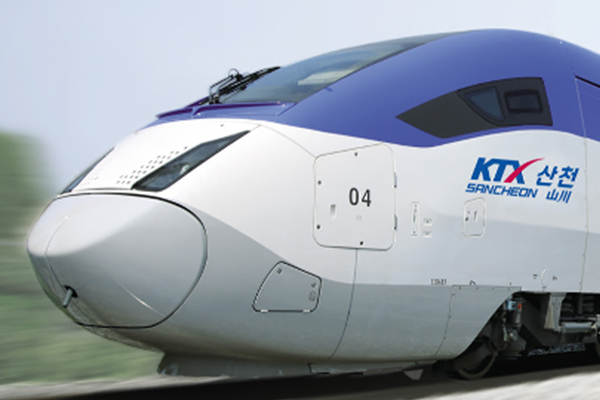
- KTX-Sancheon high-speed train
- KTX-Honam high-speed train
- KTX-Suseo high-speed train
- KTX-Wongang high-speed train
CCU1 (Central Control Unit)
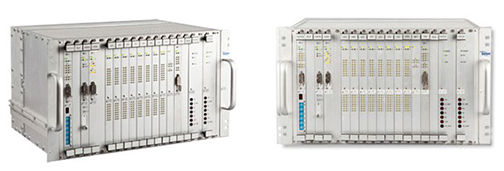
- The main control device installed in the power car performs the function of controlling and monitoring the status of electrical equipment, and performs the function of collecting and controlling the status information of the train through communication with the VCU located in the passenger car.
CCU2 (Central Control Unit)
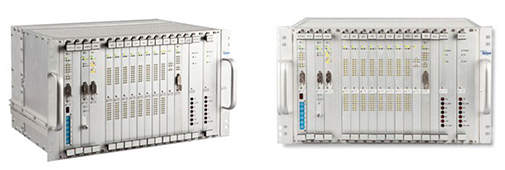
- It is installed in a power vehicle and performs a backup function of the main control unit (CCU1) so that the vehicle can operate normally even if a failure occurs in the main control unit (CCU1).
VCU (Vehicle Control Unit)
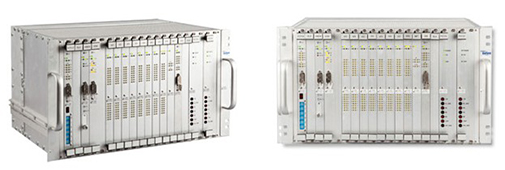
- Installed in a passenger car, it collects the status of electrical equipment and transmits it to the CCU, and transmits control commands received from the CCU to the relevant electrical equipment.
DU (Display Unit)

- It is installed in the driver's cabin and displays the train's status information received from the CCU on the LCD screen, allowing the driver to respond quickly and effectively when necessary, thereby supporting the stability of train operation.

